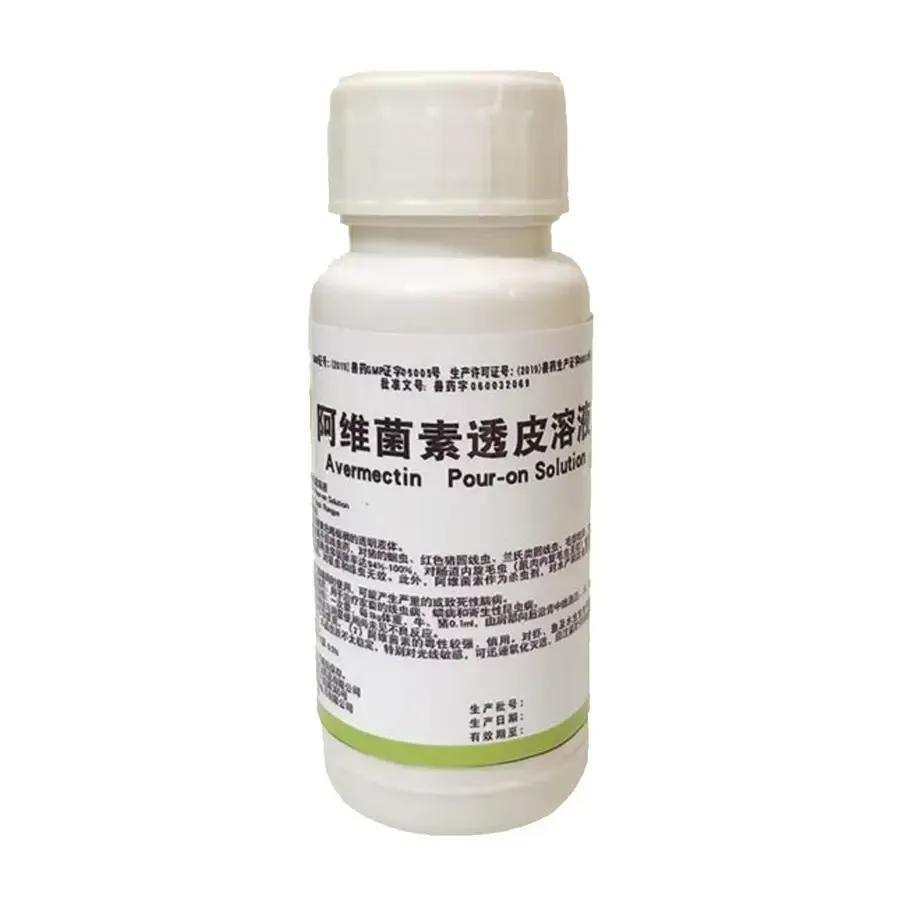- Afrikaans
- Albanian
- Amharic
- Arabic
- Armenian
- Azerbaijani
- Basque
- Belarusian
- Bengali
- Bosnian
- Bulgarian
- Catalan
- Cebuano
- Corsican
- Croatian
- Czech
- Danish
- Dutch
- English
- Esperanto
- Estonian
- Finnish
- French
- Frisian
- Galician
- Georgian
- German
- Greek
- Gujarati
- Haitian Creole
- hausa
- hawaiian
- Hebrew
- Hindi
- Miao
- Hungarian
- Icelandic
- igbo
- Indonesian
- irish
- Italian
- Japanese
- Javanese
- Kannada
- kazakh
- Khmer
- Rwandese
- Korean
- Kurdish
- Kyrgyz
- Lao
- Latin
- Latvian
- Lithuanian
- Luxembourgish
- Macedonian
- Malgashi
- Malay
- Malayalam
- Maltese
- Maori
- Marathi
- Mongolian
- Myanmar
- Nepali
- Norwegian
- Norwegian
- Occitan
- Pashto
- Persian
- Polish
- Portuguese
- Punjabi
- Romanian
- Russian
- Samoan
- Scottish Gaelic
- Serbian
- Sesotho
- Shona
- Sindhi
- Sinhala
- Slovak
- Slovenian
- Somali
- Spanish
- Sundanese
- Swahili
- Swedish
- Tagalog
- Tajik
- Tamil
- Tatar
- Telugu
- Thai
- Turkish
- Turkmen
- Ukrainian
- Urdu
- Uighur
- Uzbek
- Vietnamese
- Welsh
- Bantu
- Yiddish
- Yoruba
- Zulu
Dec . 18, 2024 06:12 Back to list
gentamicin 100 mg ml
Gentamicin An Essential Antibiotic in Medical Treatment
Gentamicin is an aminoglycoside antibiotic that has been widely used in clinical medicine since its discovery in the 1960s. It is particularly effective against a variety of Gram-negative bacteria, making it a critical component in the treatment of serious bacterial infections. At a concentration of 100 mg/ml, gentamicin is often used in different formulations for various therapeutic purposes. This article delves into the pharmacology, uses, side effects, and considerations related to the use of gentamicin.
Pharmacology and Mechanism of Action
Gentamicin works by inhibiting protein synthesis in bacteria. It binds to the 30S ribosomal subunit, causing misreading of mRNA and ultimately leading to the production of faulty proteins. This disruption hinders bacterial growth and replication, making it a bactericidal agent—one that kills bacteria rather than merely inhibiting their growth.
The drug is typically administered intravenously or intramuscularly, with dosages adjusted based on a patient's age, weight, and renal function. At a concentration of 100 mg/ml, gentamicin is often used in clinical settings where high doses are required, particularly for serious infections such as sepsis or those caused by multidrug-resistant organisms.
Clinical Uses
Gentamicin is commonly employed to treat a variety of infections, including
1. Urinary Tract Infections (UTIs) Gentamicin is effective against common UTI pathogens, especially when they are resistant to other antibiotics.
2. Respiratory Infections In cases of pneumonia caused by susceptible bacteria, gentamicin may be used in combination with other antibiotics for enhanced efficacy.
4. Intra-abdominal Infections Bacterial infections occurring within the abdominal cavity can be effectively treated with gentamicin, especially when paired with other antibiotics.
gentamicin 100 mg ml

5. Ocular Infections Gentamicin is also available in topical formulations for treating certain eye infections, indicating its versatility.
Side Effects and Monitoring
While gentamicin is effective, it is not without risks. Potential side effects include
- Nephrotoxicity Gentamicin is known to cause kidney damage, especially with prolonged use or high doses. Regular monitoring of kidney function is essential in patients receiving this medication.
- Ototoxicity Hearing damage may occur due to gentamicin's effect on the inner ear, particularly with prolonged use. Patients should be monitored for changes in hearing.
- Allergic Reactions Some patients may experience allergic responses, ranging from mild rashes to more severe reactions.
Given the potential for serious side effects, healthcare providers must carefully weigh the benefits against the risks before initiating gentamicin therapy. Therapeutic drug monitoring is often employed to tailor dosages and minimize adverse effects.
Antimicrobial Resistance
The emergence of antimicrobial resistance is a significant concern in the use of gentamicin and other antibiotics. Overuse and misuse of antibiotics can lead to resistant strains of bacteria, rendering previously treatable infections difficult or impossible to manage. This issue emphasizes the importance of using gentamicin judiciously, guided by culture and sensitivity results whenever possible.
Conclusion
Gentamicin remains a vital antibiotic in the pharmaceutical arsenal against serious bacterial infections, particularly those caused by Gram-negative organisms. Its effectiveness at higher concentrations, such as 100 mg/ml, enables healthcare providers to address urgent medical needs while balancing the potential for adverse effects. As with any medication, responsible use, monitoring for side effects, and sensitivity testing are crucial to maximizing its therapeutic benefits while minimizing risks. As antibiotic resistance continues to pose a global challenge, the role of gentamicin as a treatment option must be continually evaluated to ensure it remains an effective tool in combating bacterial infections.
-
Guide to Oxytetracycline Injection
NewsMar.27,2025
-
Guide to Colistin Sulphate
NewsMar.27,2025
-
Gentamicin Sulfate: Uses, Price, And Key Information
NewsMar.27,2025
-
Enrofloxacin Injection: Uses, Price, And Supplier Information
NewsMar.27,2025
-
Dexamethasone Sodium Phosphate Injection: Uses, Price, And Key Information
NewsMar.27,2025
-
Albendazole Tablet: Uses, Dosage, Cost, And Key Information
NewsMar.27,2025













